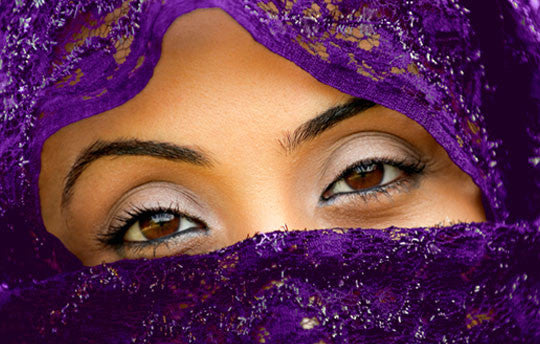Your Cart is Empty

The various names of raqs sharki illustrate its rich and cross-cultural origins. The literal translation of raqs sharki is ‘dance of the East’, but Middle Easterners might also refer to the dance as danse orientale in order to distinguish it stylistically from the baladi – a more folkloric form. The French called it la danse du ventre to describe the undulating movements of the dancer’s torso. The term ‘bellydance’, however, does not do raqs sharki justice, for while it is true that a dancer’s hips provide the central focus of the dance, a dancer must use her entire body to express herself.
Arabesk has its roots in Egyptian ‘oriental’ dance music – Raks ?ark? or oriyental, often misleadingly known as ‘bellydancing’ music – which has been of enduring popularity in Turkey. It was introduced in the 1940s by Haydar Tatliyay (1890–1963), who had worked in Egyptian groups and on returning to Turkey set up a large dance orchestra as used in Egyptian film.
Turkey’s nascent recording and film industry invested heavily in recording versions of Egyptian hits, particularly those associated with Mohammed Abdel-Wahab, Umm Kulthum and the Lebanese-born star Farid al-Atrache.
But Arabesk is not simply derivative Egyptian music, and from the 1940s its songs addressed specifically Turkish problems such as rural–urban migration. Many popular films, particularly those of Baha Gelenbevi, began to deal with themes of rural life, accompanied by rural music, and urbanized rural genres began to appear in the cities and on record.
Diyarbakırlı Celal Güzelses and Malatyalı Fahri Kayahan were amongst the earliest to record popularized folk-based forms for an urban audience, drawing heavily on the musical styles and repertoires of the southeast.
 Danced all over the world, bellydance is linked to some of the richest folk, pop and classical music traditions of the Middle East. Think Global: Bellydance presents some of the best contemporary bellydance musicians and singers to have set the world on fire. Whether you intend to shimmy or listen, this is a bellydancing extravaganza!
Danced all over the world, bellydance is linked to some of the richest folk, pop and classical music traditions of the Middle East. Think Global: Bellydance presents some of the best contemporary bellydance musicians and singers to have set the world on fire. Whether you intend to shimmy or listen, this is a bellydancing extravaganza! Discover cutting-edge Arabic grooves with The Rough Guide To Bellydance, featuring essential tracks from the latest Egyptian styles to traditional Turkish instrumental taksim, and from Lebanese shaabi to modern tribal fusion. Hone your skills and learn all the moves with the free instructional DVD.
Discover cutting-edge Arabic grooves with The Rough Guide To Bellydance, featuring essential tracks from the latest Egyptian styles to traditional Turkish instrumental taksim, and from Lebanese shaabi to modern tribal fusion. Hone your skills and learn all the moves with the free instructional DVD.